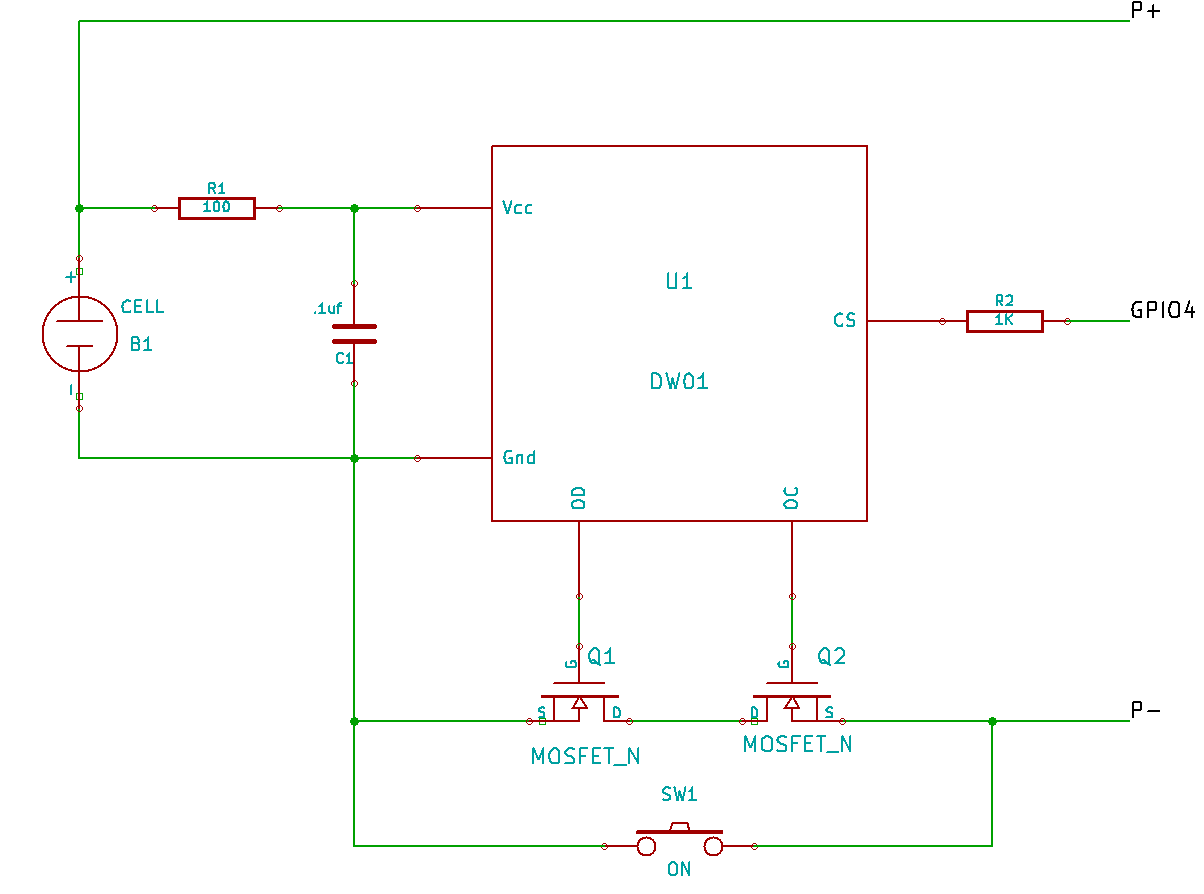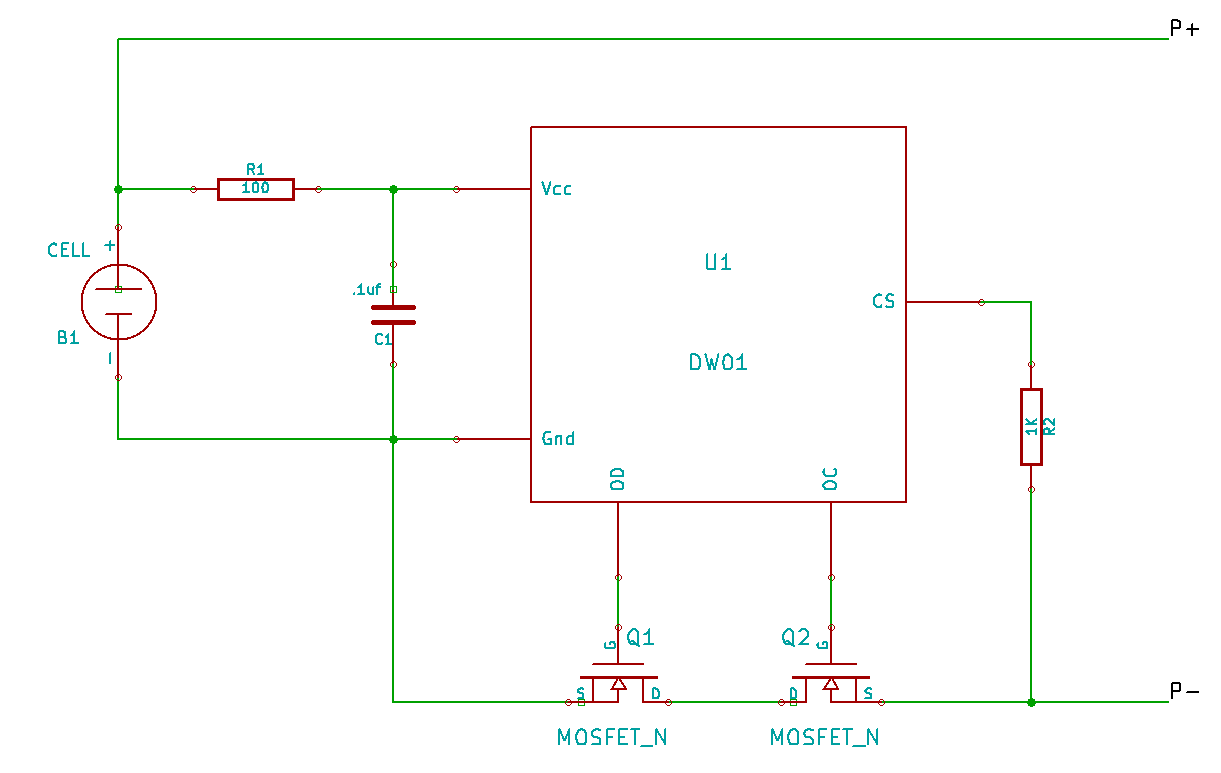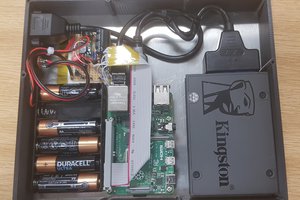WARNING: ANY PROJECT THAT USES LITHIUM BATTERIES MAY RESULT IN FIRE OR OTHER BAD THINGS. USE THESE INSTRUCTIONS AT YOUR OWN RISK.
This is a minimal parts, minimal cost battery powered Pi Zero. All you need is a Pi Zero with SD card, a new or used LiIon or LiPo cell, a battery protection board (often part of the cell, or it can be salvaged), a 1K resistor, and some bits of wire. You can tart things up a bit by adding a power on push button, an on-board charger, and voltage monitoring.
All is not perfect, of course - the Pi Zero USB port won't provide 5 volts, just the raw battery voltage. Consequently, some USB devices won't work. But the ones that run on 3.3V internally will work just fine!






 Paul Crouch
Paul Crouch
 Dan (a8ksh4)
Dan (a8ksh4)
 matt venn
matt venn
Thanks for the kind words. I've added quite a bit since you viewed the project, and I've still got more to add. So check back later!